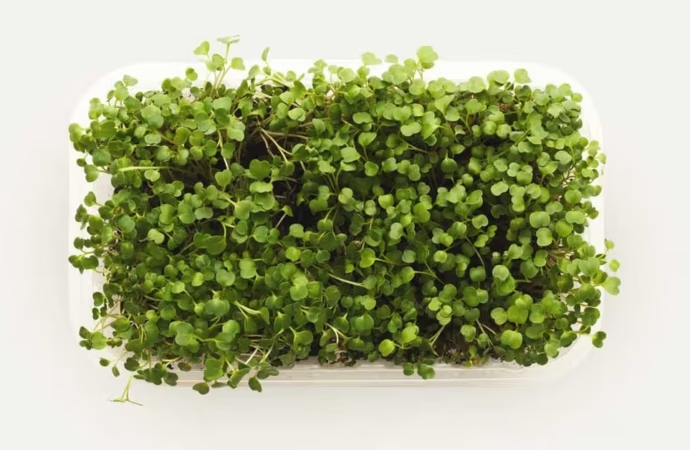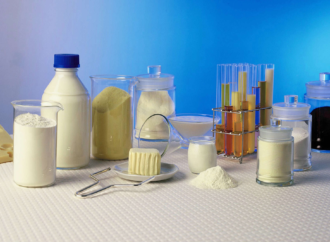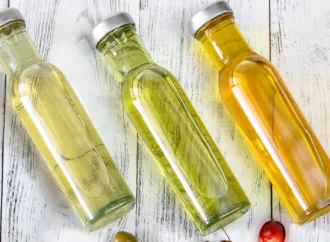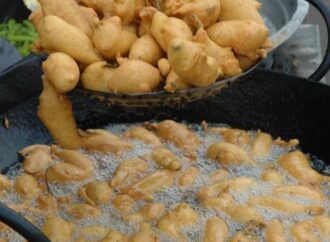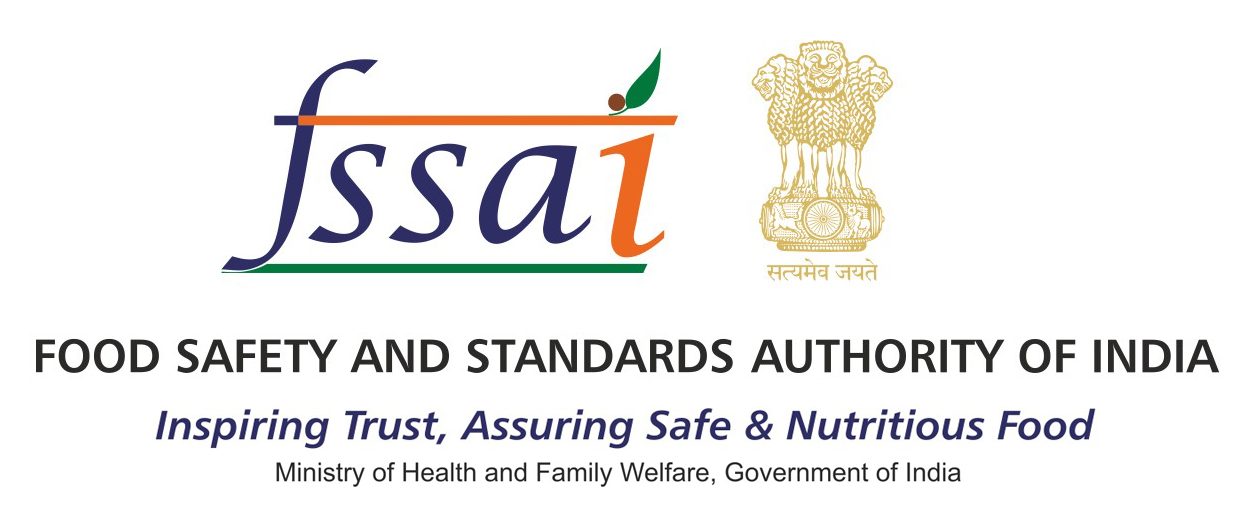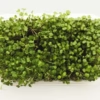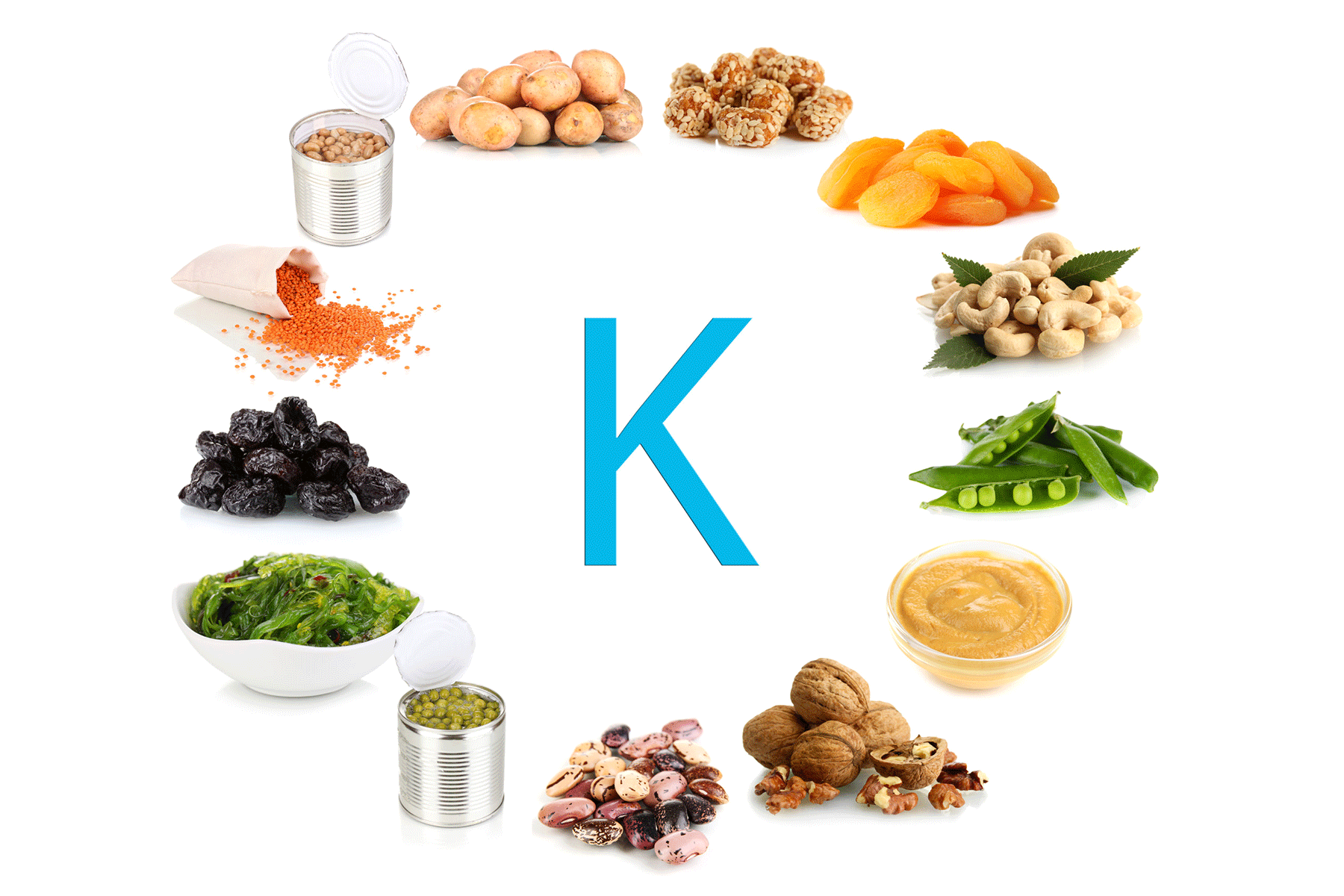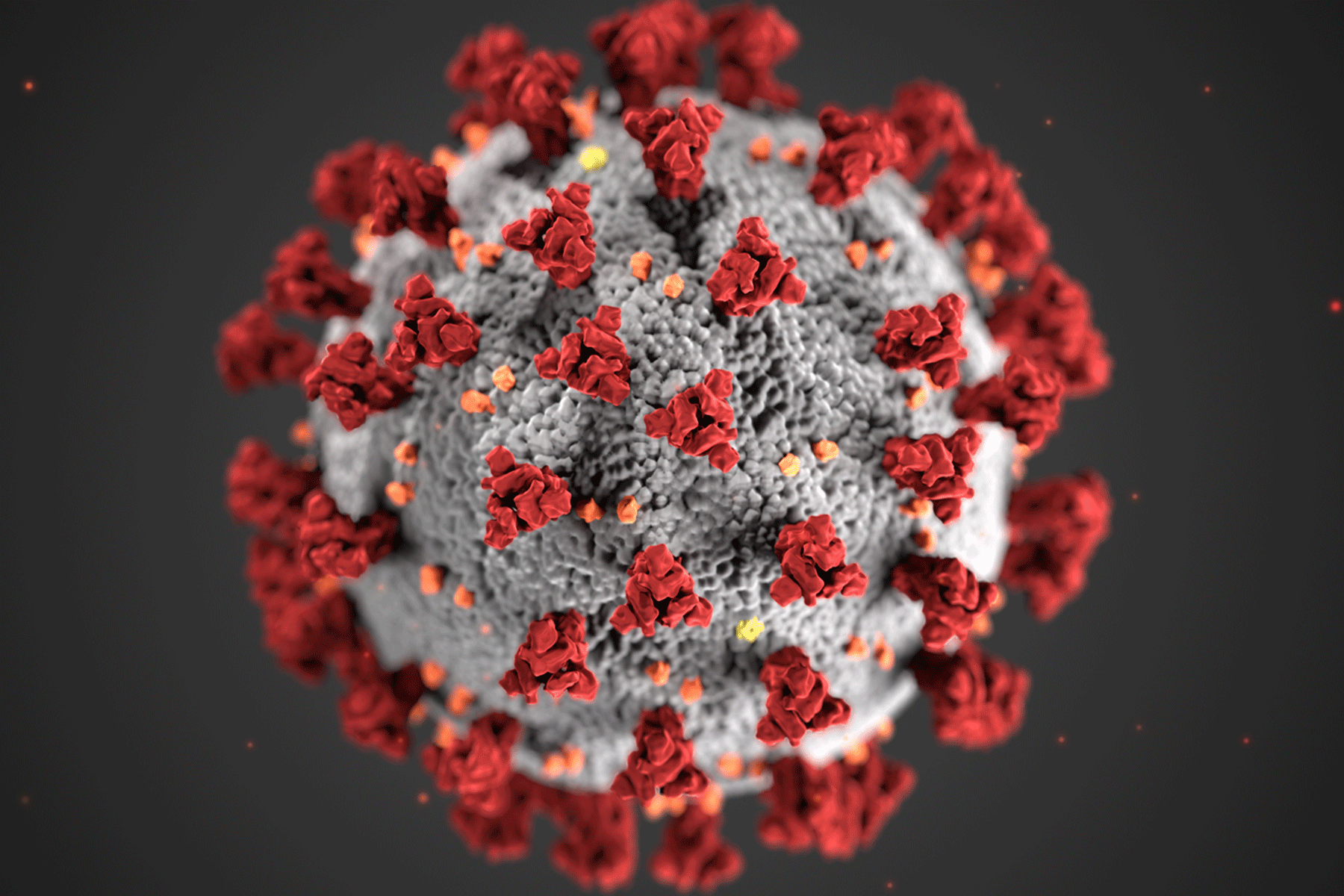At a Glance
Microgreens—small edible greens harvested shortly after germination—are making a big splash in kitchens, restaurants, and social media feeds. Known for their bold flavours and rich nutritional profile, these miniature greens are fast becoming a favourite among health-conscious consumers and chefs. But beyond the buzz lies an important angle: food safety.
What Are Microgreens?
Microgreens are young seedlings of vegetables, grains, and herbs, typically harvested within 7 to 21 days, just after the first set of true leaves appear. Unlike sprouts, which are consumed whole (including the seed and root), microgreens are grown in soil or hydroponic systems with access to light, and only the stems and leaves are harvested. Common varieties include fenugreek, mustard, beet, amaranth, tulsi, and even grains like wheat, chickpeas, and rice.
Nutritional Powerhouses in a Tiny Package
Nutrition experts estimate that microgreens can contain 30–40 times more nutrients than their mature counterparts. These tiny greens are rich in:
- Vitamins A, C, and E
- Minerals like magnesium, copper, and zinc
- Antioxidants, including carotenoids and polyphenols
This potent nutrient profile supports immunity, digestion, and heart health while helping to reduce inflammation and oxidative stress. Low in calories but high in micronutrients, microgreens are also ideal for managing weight and lowering the risk of chronic diseases.
Are Microgreens Safe to Eat?
From a food safety perspective, microgreens are considered safer than sprouts, which are often linked to foodborne illnesses. Since microgreens grow in soil or clean media with access to air and light, and only the aerial parts are consumed, the risk of bacterial contamination is lower. However, they are highly perishable. Improper storage can lead to fungal growth or bacterial spoilage. Always wash them gently before use, store them in clean containers, and consume them fresh.
How to Add Them to Your Diet
Their versatility and intense flavour make microgreens a smart addition to everyday meals:
- Toss into salads, sandwiches, soups, or smoothies
- Sprinkle over omelettes, pasta, rice bowls, or pizzas
- Desi-style? Mix into paratha fillings or grind into fresh chutneys
Tip: Consume them raw and uncooked to preserve delicate nutrients and flavours.
Final Word
Microgreens are more than just a health trend. When grown and stored safely, they offer a powerful mix of nutrition, convenience, and food safety. Whether you’re looking to upgrade your diet, build a cleaner plate, or add freshness to your meals, microgreens are a small but mighty choice that’s worth the space on your kitchen counter—and your plate.
Source: India Today
 Food Manifest
Food Manifest 